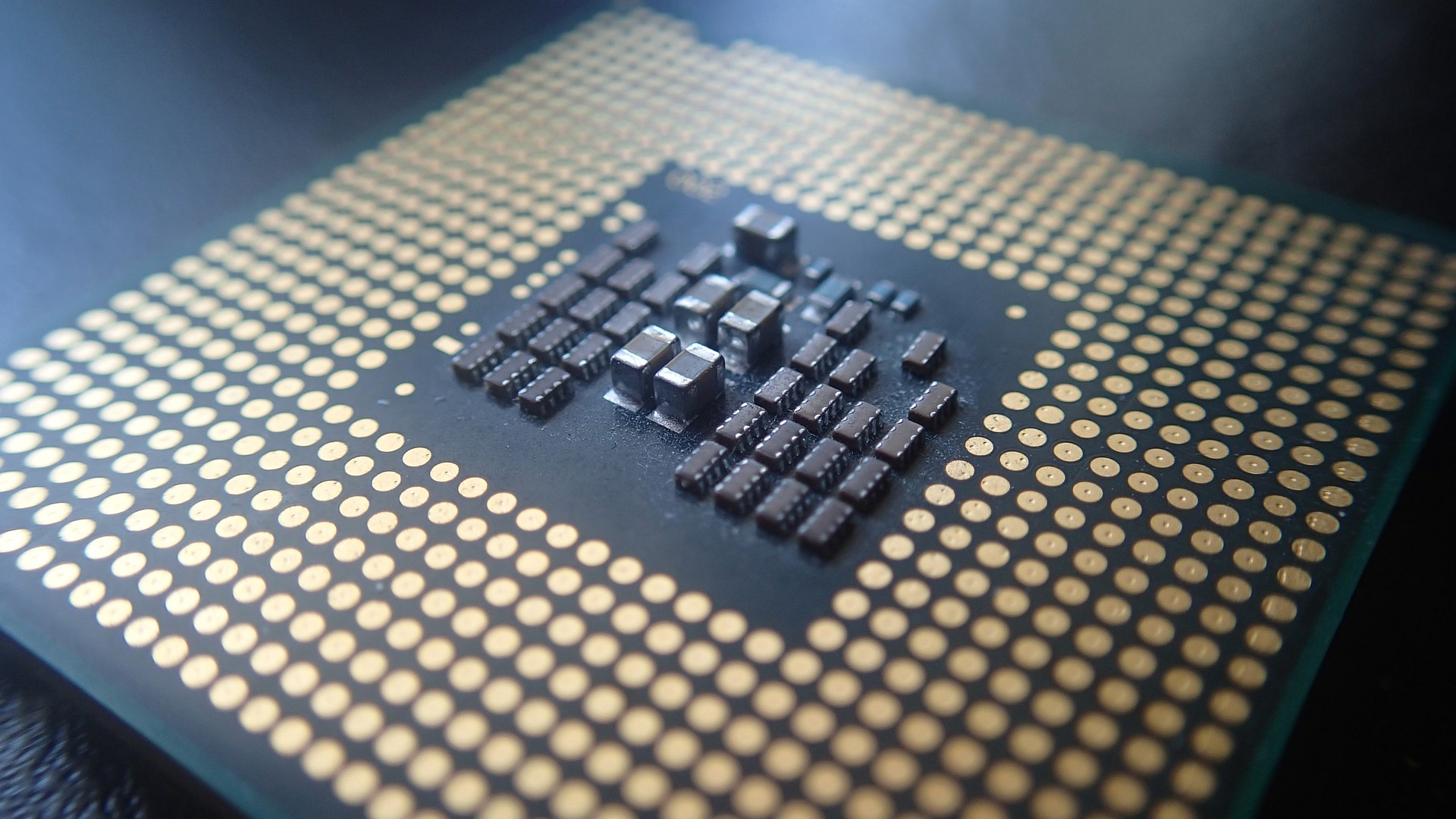Marching into the Future: The Promise of Bendable Electronics
Electronics are about to take a twist, thanks to the advent of bendable technology. With innovative materials and clever engineering, we're on the brink of a future where devices morph into forms that were once the stuff of science fiction. This article explores the exciting journey of bendable electronics, from its early beginnings to the latest developments, and how it's poised to reshape our tech landscape.

An Unfolding Story: The History of Bendable Electronics
Bendable electronics, also known as flexible electronics, have a surprisingly long history. The first inklings of this technology trace back to the 1960s, when scientists began experimenting with thin-film transistors (TFTs). These early innovations laid the groundwork for the flexible devices we see today.
The path to modern bendable electronics was not without its hurdles. Creating a device that could withstand repeated bending and twisting required breakthroughs in both materials science and electronic design. The journey saw the development of innovative substances like amorphous silicon and organic light-emitting diodes (OLEDs), both of which played crucial roles in ushering in the current era of bendable tech.
The Here and Now: Current Developments in Bendable Electronics
Fast-forward to today, and bendable electronics are no longer a distant dream but an exciting reality. From flexible displays to wearable tech, the boundaries of what’s possible are continually being pushed.
One of the most notable recent developments is Samsung’s Galaxy Z Fold series. These smartphones feature a foldable OLED display that allows the device to transform from phone to tablet, offering a glimpse into the potential of bendable tech.
A Flexible Future: Predicted Impact of Bendable Electronics
The estimated price range for bendable electronics is currently high due to the technology’s novelty and the cost of production. However, as production ramps up and the technology matures, prices are expected to decline significantly, making bendable devices more accessible to the average consumer.
The potential market impact of bendable electronics is enormous. From the healthcare sector, where flexible electronics could revolutionize wearable medical devices, to the automotive industry, where bendable displays could transform cockpit design, the applications of this technology are wide-ranging and exciting.
Unwrapping the Facts: Behind Bendable Electronics
Bendable electronics rely on a variety of technologies to achieve their flexibility. At their heart lie flexible circuits, made from thin, pliable materials that can withstand bending and twisting without breaking. These circuits are paired with flexible displays, often made using OLED technology, which allows for vibrant, high-resolution screens that can bend without cracking.
While the technology behind bendable electronics is complex, the potential benefits are simple and clear. Bendable devices are not only more portable and adaptable but also potentially more durable, as they can withstand impacts that would shatter a rigid device.
The Shape of Things to Come
Bendable electronics are still in their infancy, but their potential is undeniable. With continued research and development, we’re likely to see more flexible devices entering the market, changing the way we interact with technology.
So, as we march into the future, it’s worth keeping an eye on bendable electronics. After all, these flexible devices could very well be the shape of things to come.




